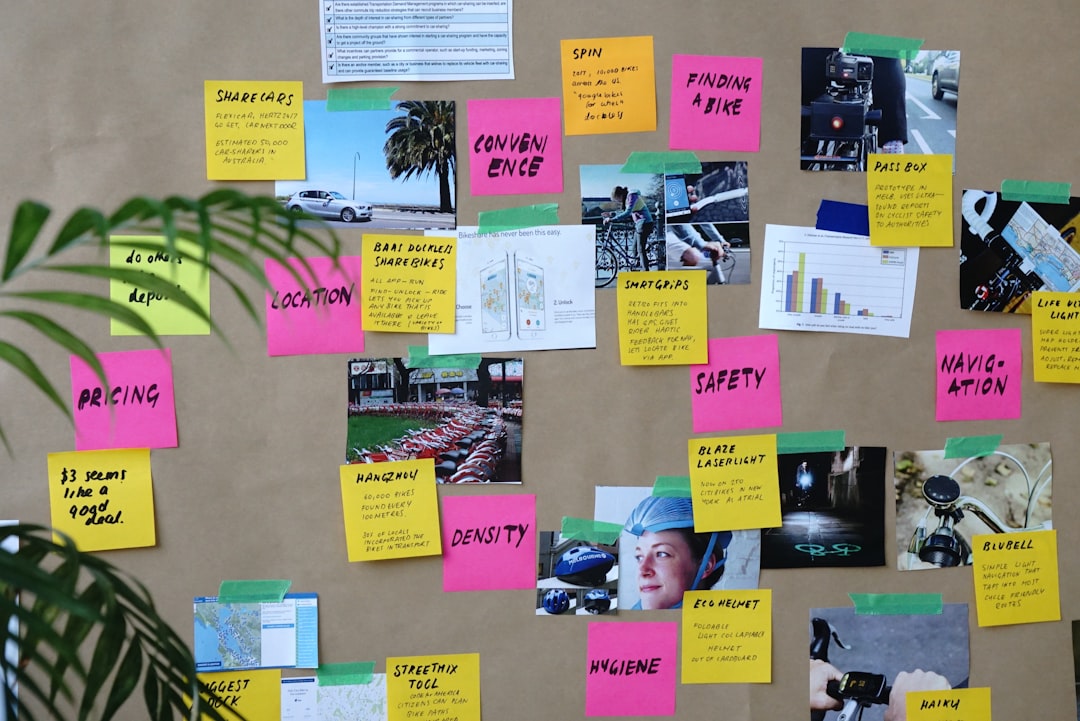Customer Journey Mapping Overview

The infamous customer journey map. You know you need it, you’ve probably googled it, but then - now what? As a CX consultant, I do these maps all the time, yet realise it can be intimating. This is because building a customer journey map is more than an afternoon of work or a singular map. Creating a customer journey map is a medium to long-term a project in itself. It’s the foundational step to agreeing upon, improving and tracking a customer journey within a particular function or organisation.
What we’ll cover:
- Why use customer journey mapping
- When to use customer journey mapping
- How to create a customer journey map
- But a customer journey is not linear
- Customer journey mapping and design thinking
- Let’s summarise
Why use customer journey mapping
Customer journey maps are visual overviews of a customer’s movement between brand touchpoints. These brand touchpoints can be online and offline, brand influenced and brand related. Brand influenced are touchpoints the brand creates. Brand related might be an affiliate website, influencer content or conversation with a friend. By understanding this overview, brands and businesses can create, analyse and improve a customer’s experience, while better portraying and communicating its products or services. It’s a gold mine for opportunity identification.
The format is also important. Within customer journey mapping, the key word is ‘map’. We use maps all the time. Google maps, Waze, tourist maps, sailing charts. This is because with any map, you can get an overview while identifying key opportunities or obstacle along the way. It is the same with customer journey maps. Brands and businesses use customer journey maps as humans are visual creatures, and can better process information if its formatted in a visual manner.
When to use customer journey mapping
It’s a versatile tool. Customer journey maps can document an existing experience, create a new experience or create a new experience informed by an existing experience. They can be holistic overviews, or focused on a particular interaction or format. This depends on the project, team and business. You might be reading this and wondering, ‘Is this the right time for a customer journey map?’. A key moment to start a customer journey map is re-evaluating a customer experience, improving an existing format (such as a retail store), creating a new experience (such as a pop-up) or to workshop opportunities with your team. This is because a customer journey mapping is a tool to encourage alignment and collaboration.
How to create a customer journey map
Before starting your customer journey map, it is necessary to identify and describe your customer through a customer persona. These will be the customer(s) for your customer journey maps. It will be difficult to create your map without a specific person in mind. Overly generalised customer journey maps lack depth, credibility and feasibility. Ideally, the customer personas are existing or approved by your key stakeholders. If not, you might have another phase in your customer journey mapping project. If you have multiple customers, a map will be created for each.
Customer journey maps have different forms and phases. Initial customer journey maps are usually post-it note walls or collaborative worksheets. Something quick. The workshop around a customer journey map is better done with a core team and key stakeholders. This is because you want to integrate different perspectives, raise project awareness and ensure ideas are not overlooked in the beginning. You want everyone to feel like they’ve been heard and are invested in your customer journey project.
After gaining input across the board, these brain-dumps are cleaned up, edited and formatted to communicate the customer journey to key stakeholders or other teams. Depending on its complexity and the amount of detail, you might create overlapping customer journey maps, summary maps or maps focused on a particular interaction or phase.
But a customer journey is not linear
This is correct. Customers bounce around like pinballs to different touchpoints, both online or offline. Think about your own customer journey with a backpack brand. You might research their backpack online, look at their website, watch an influencer video comparing backpacks, look at the backpack online again, go to a physical store, compare a price with a third-party supplier - it’s not illogical, but sporadic. Mapping all of these back-and-forth interactions can get tedious. The extra effort and complexity would not help to align a team or sift through the noise. In order to create change within a team or organisation, focus and an coherent narrative is necessary.
Customer journey mapping and design thinking
Design thinking is oh-so popular and over-hyped. But let’s clarify where design thinking comes into a customer journey. Design thinking is using a customer-centric approach to a problem. This problem can be internal or external - product, service or process. Basically, go wild with how you want to use design thinking, as it’s merely an approach. This is called design thinking as designers typically use this thinking to create solutions. Now it’s a catchy phrase, which is why it is more popular.
Customer journey mapping is a tool within design thinking. It’s that simple.
Let’s summarise
- Customer journey maps are visual overviews of a customer’s movement between brand touchpoints
- Customer journey maps have different forms and phases
- The workshop around a customer journey map is better done with a core team and key stakeholders
- Customer journey mapping is a tool to encourage alignment and collaboration
- A customer journey map is a tool within design thinking